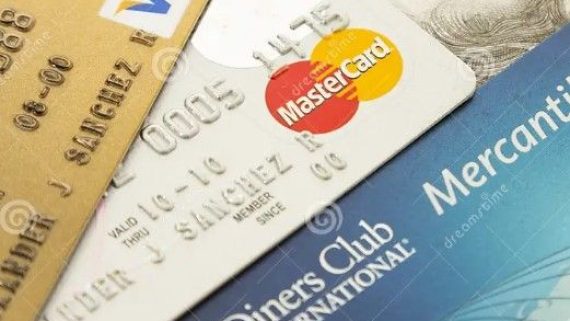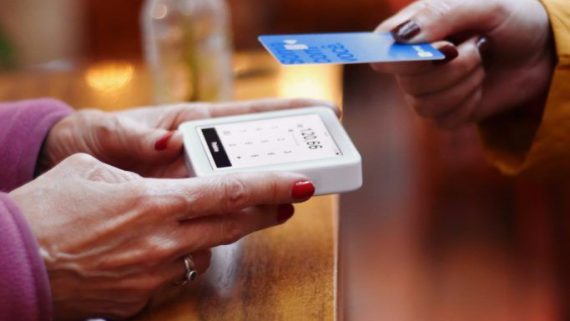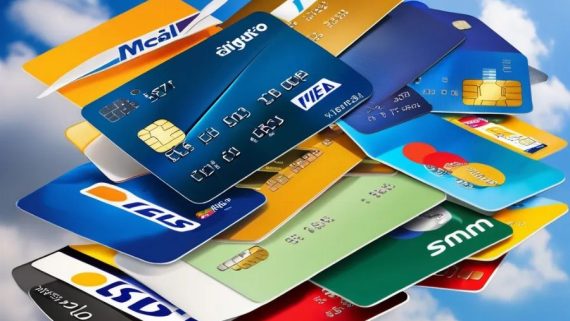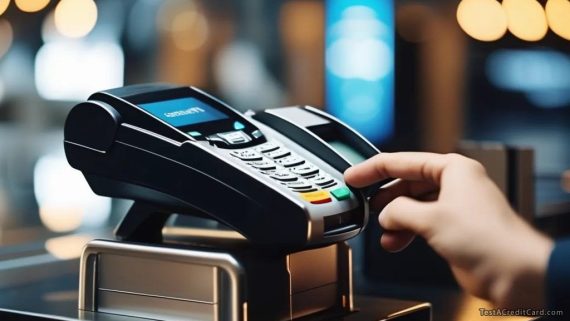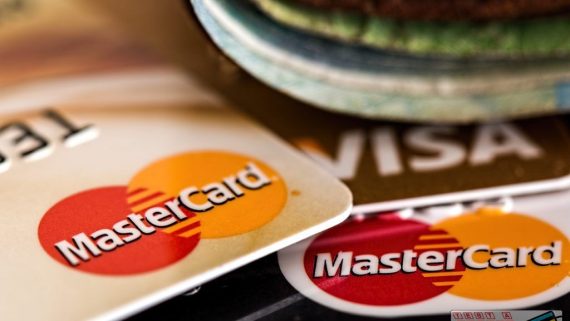In the digital era, credit card fraud and related criminal activities have become increasingly prevalent, posing significant threats to businesses and individuals alike. From massive data breaches to audacious hacking schemes, these shocking crimes have left a lasting impact on the financial industry and public confidence. In this article, we delve deeper into some of the most notorious known crimes in credit card history, shedding light on the tactics employed by criminals to exploit vulnerabilities within the system.
The TJX Data Breach – 2007
 In 2007, retail giant TJX Companies experienced one of the largest data breaches in history. Cybercriminals gained unauthorized access to the company’s computer systems, compromising the credit card data of over 94 million customers. The hackers stole sensitive information, including credit card numbers and expiration dates, resulting in substantial financial losses for TJX and significant damage to its reputation. This incident raised widespread concerns about the vulnerability of large corporations to sophisticated cyberattacks.
In 2007, retail giant TJX Companies experienced one of the largest data breaches in history. Cybercriminals gained unauthorized access to the company’s computer systems, compromising the credit card data of over 94 million customers. The hackers stole sensitive information, including credit card numbers and expiration dates, resulting in substantial financial losses for TJX and significant damage to its reputation. This incident raised widespread concerns about the vulnerability of large corporations to sophisticated cyberattacks.
Albert Gonzalez’s Credit Card Heists
Albert Gonzalez, a notorious hacker, masterminded a series of high-profile credit card heists over several years. Targeting major companies such as TJX Companies, Heartland Payment Systems, and Hannaford Brothers, Gonzalez and his team employed advanced hacking techniques to steal millions of credit card details. The cumulative losses from these heists exceeded $200 million, making it one of the most extensive cybercrime operations in history. This case highlighted the escalating sophistication of cybercriminals and the critical need for robust cybersecurity measures.
The Target Data Breach – 2013
In 2013, Target Corporation fell victim to a devastating data breach during the peak holiday shopping season. Cybercriminals gained unauthorized access to Target’s point-of-sale systems, compromising the personal and credit card information of approximately 40 million customers. The breach resulted in significant financial losses for the retail giant and severely eroded consumer trust. Target’s experience served as a powerful cautionary tale, emphasizing the importance of stringent security measures and data protection protocols.
The “Pizza Hut Hacker” – 2012
 In 2012, a hacker with the pseudonym “Pizza Hut Hacker” targeted the popular pizza chain. Exploiting vulnerabilities in Pizza Hut’s online ordering system, the criminal gained access to customers’ credit card information. The audacious hacker utilized this data to place orders worth thousands of dollars in pizza, revealing the potential risks associated with online transactions and the need for secure online platforms.
In 2012, a hacker with the pseudonym “Pizza Hut Hacker” targeted the popular pizza chain. Exploiting vulnerabilities in Pizza Hut’s online ordering system, the criminal gained access to customers’ credit card information. The audacious hacker utilized this data to place orders worth thousands of dollars in pizza, revealing the potential risks associated with online transactions and the need for secure online platforms.
The Russian Cyber Gang “Carbanak”
The “Carbanak” cyber gang, believed to be based in Russia, orchestrated a series of highly sophisticated cyberattacks against financial institutions worldwide. Utilizing advanced malware, the gang gained unauthorized access to bank systems, manipulated ATMs, and conducted fraudulent transactions, resulting in losses exceeding millions of dollars. This large-scale operation demonstrated the formidable challenges faced by financial institutions in combating cybercrime and underscored the importance of continuous vigilance and robust cybersecurity defenses.
The McDonald’s Monopoly Scam – 2001
In 2001, an insider scam involving the popular McDonald’s Monopoly game shocked the world. Jerome Jacobson, a former police officer responsible for distributing winning game pieces, stole and sold the most valuable ones, allowing others to claim grand prizes worth millions of dollars. The elaborate and long-lasting scam remained undetected for years before authorities exposed the fraudulent operation, revealing the potential risks associated with insider fraud within major organizations.
Conclusion
The most outrageous known crimes involving credit cards expose the audacity and sophistication of cybercriminals in exploiting vulnerabilities within the financial system. From massive data breaches to elaborate insider scams, these criminal acts have resulted in significant financial losses, damaged reputations, and a loss of consumer trust. The incidents discussed underscore the importance of robust cybersecurity measures, strict data protection protocols, and ongoing vigilance in safeguarding sensitive financial information. As technology continues to advance, combating credit card fraud and related criminal activities remains a critical challenge that demands constant adaptation and resilience from businesses and law enforcement agencies worldwide.



